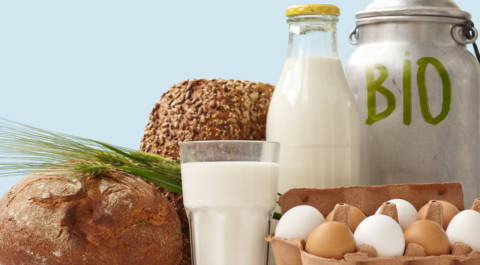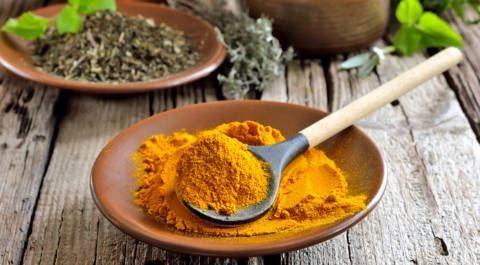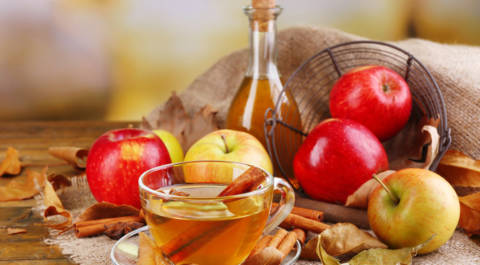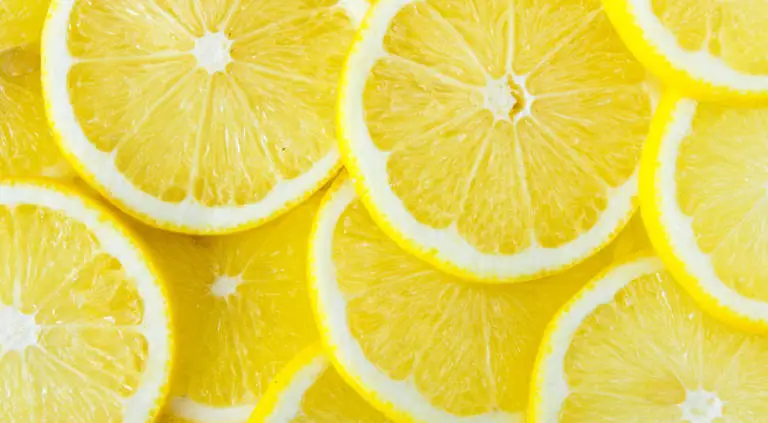
The fresh tastes of spring are as bright as the sunshine that is beginning to linger a little longer each day. Nourish your body with these nutritious flavors of the season.
Like Organic Soul on Facebook
Strawberries
Strawberries are a sweet highlight of spring’s fruit debut. They are the first fruit to ripen in the warmer states, and thrive in their peak season of April through June. Strawberries are full of fiber and vitamin C, and can be enjoyed on their own or swirled in a dish of mild yogurt or cream.
“The brighter, the better…” is usually a good rule to follow when buying strawberries. Look for the baskets that are full of bright red berries that still have their fresh green tops attached. Try to avoid lightly colored or soft, shriveled strawberries that are too young or old to hold full flavor.
Always wash strawberries right before eating them. Cut the green stems and slice the berries into halves or quarters before using them to top-off a dessert or mix into spring salad greens.
Lemons
Lemons get a lot of attention in the summer months, but the citrus delight is really spring’s main squeeze. From December to May these fruits are at their best, and can be a tangy addition to many food and drink recipes.
The juiciest and most flavorful lemons are small but weighty. The outer peel should be firm and bright yellow in color. You can keep whole lemons at room temperature for a few days, but once a lemon is cut the remaining pieces should be sealed in a bag and refrigerated.
Since you probably won’t be taking full bites into this tart delight, cut a lemon in half to use a lemon juicer, or cut in into quarters to squeeze out the juice with your hands. Lemon juice is often used to make light and zesty salad dressings, sauces, refreshments and even desserts. Lemon wedges add a nice accompaniment to salads and fish dishes, as well as garnishes on the brims of water, lemonade and cocktail glasses.
Asparagus
Asparagus is harvested between March and June, and has become recognized as the long and lean model of spring. It often sits gracefully beside filets of fish or grilled meat, but it can also be the star of a spring starter course. The power veggie is full of fiber and low in fat, as is a good source of iron, vitamin C and B vitamins.
Early in the season, asparagus spears are think and delicate, but by the end of the harvest they take on a heartier form. Buy freshly harvested asparagus to ensure the best quality of texture and flavor. Always looks for spears that have firm skin and heads, as well as a vibrant green coloring.
Take advantage of the variety of preparation and cooking techniques that bring asparagus into its tastiest form. Grilling, roasting and steaming asparagus are among the most popular cooking techniques. Preparation is often simple, requiring only small doses of olive oil, lemon, salt and pepper to brighten the earthy flavor.
Artichokes
Don’t let the sharp edges of this vegetable’s shell keep you away from peeling the layers to its heart. The largest artichoke harvest happens from March through June, making spring the perfect time to use the vegetable to give your cuisine a little more character. Add artichokes to your diet for a good source of fiber, iron, magnesium, potassium and vitamin C.
Pick out artichokes that feel firms and heavy, with dense and tight layers. You can keep artichokes wrapped in the refrigerator for up to a week, and you can also cut off the edges of the thorny leaves to make the artichokes easier to handle.
Prepare artichokes for eating by cutting off their stems close enough to the head of the artichokes so they can stand upright on their own. You can then steam the artichokes with the leaves on to prepare them for peel-and-eat, or you can peel off all the layers of leaves first and cook an artichoke heart to add to dishes or make tasty dips.
Fava Beans
Power-packed fava beans are high in protein and fiber, making them a nutritious addition to spring dishes. The vegetables do take several steps of de-shelling for proper preparation, but the emerald green beans that result will add color, flavor and nutrients to salads and sides.
Pick fava beans that are in bright green pods that are smooth and firm. To get a fava bean from the pod, snap off the end of the fava bean closest to the string end of the pod. Pull down the strip that runs down the side of the bean pod. Open the pod shell and remove the fava beans from the pod.
To cook the beans, add them to salted boiling water for one minute. Remove the beans from the boiling water and put them in an ice bath for about three minutes to cool them. Remove the remaining outer shell on the fava beans to finish preparing them before eating.
Radishes
Spring radishes are smaller and sweeter than those you can get any other time of year. The root vegetable is low in calories and is a good source of vitamin C, vitamin B6, ri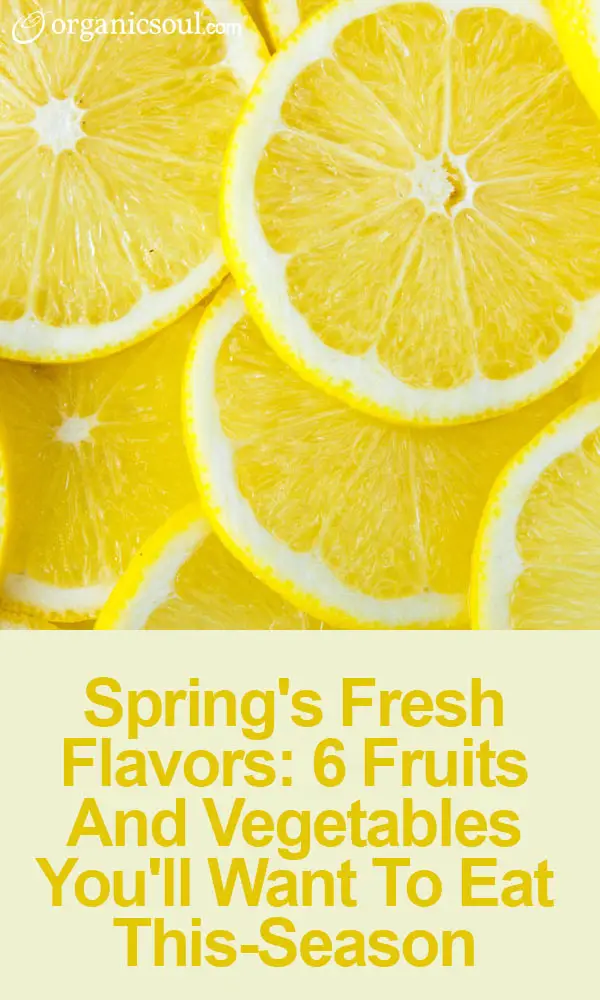 boflavin, magnesium, calcium and potassium.
boflavin, magnesium, calcium and potassium.
Pick radishes that have fresh leaves and firm bulbs. Prepare them to eat by washing them and cutting off the greens. You can store trimmed radishes in the fridge for three or four days.
You can eat raw or cooked radishes, and you can also add the peppery radish greens to salads. A simple sauté of chopped radishes with olive oil, salt and pepper is popular preparation technique.
Take a look at some of Organic Soul's Recipes


